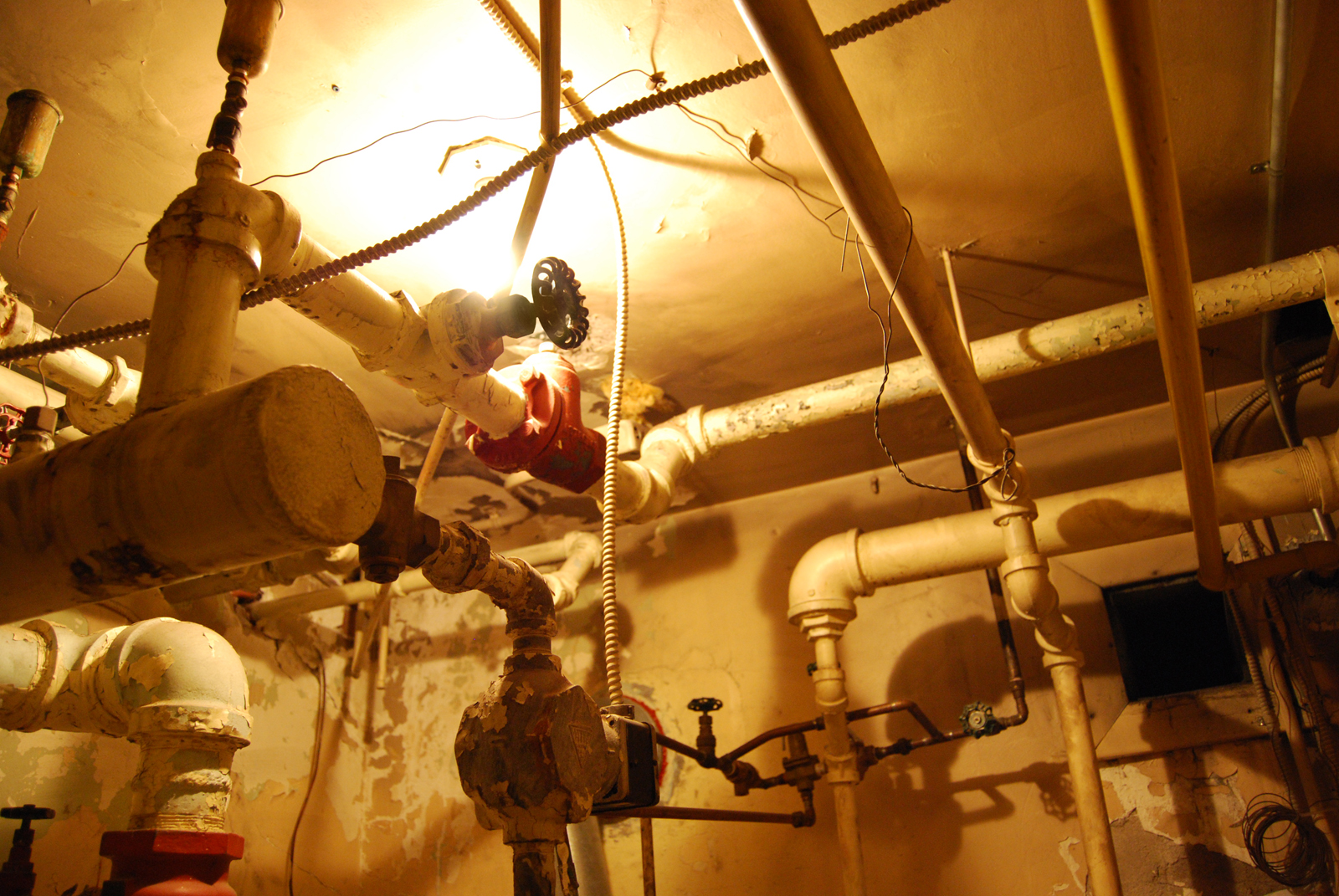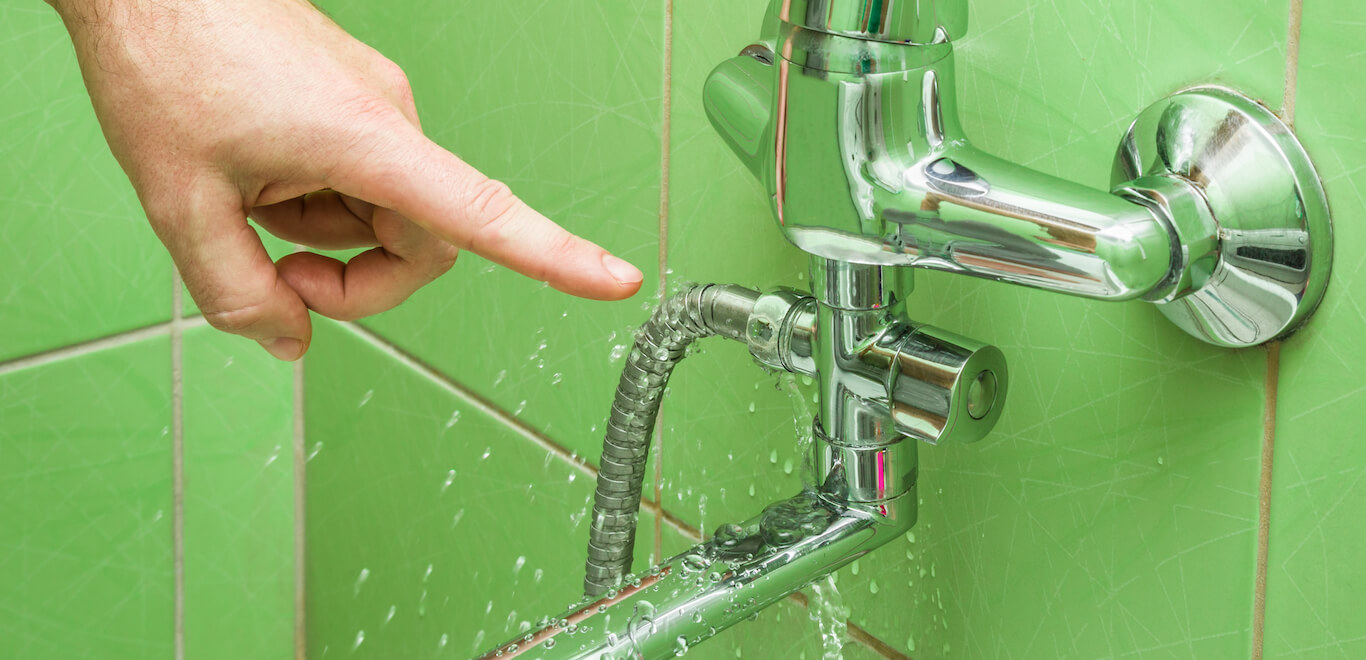They are making several great points about Plumbing Maintenance Guide for Tenants in general in this article on the next paragraphs.

Taking care of plumbing problems in rental buildings efficiently is vital for keeping tenant contentment and preserving the home's worth. Whether you're a proprietor or a residential or commercial property manager, understanding just how to resolve these common problems can save you time and money while guaranteeing conformity with lawful duties. Below's a detailed guide on how to deal with plumbing issues in rental homes.
Establish Clear Communication
Motivate occupants to report any type of pipes problems as soon as they happen. Offer several communication channels such as phone, email, or a renter portal to make it easy for them to reach out. Trigger reactions to these reports can avoid minor issues from escalating into significant troubles.
Enlighten Occupants
Inform your renters regarding what constitutes a plumbing emergency situation and what does not. Give standards on exactly how to manage small problems themselves, such as using a plunger to unblock a commode. Likewise, notify them about what they should stay clear of taking down drains pipes to stop blockages, such as grease, coffee premises, and non-biodegradable products.
Regular Upkeep
Implement a regular upkeep schedule for all pipes systems in your service residential properties. Routine checks can aid recognize and solve concerns like leakages, slow-moving drains pipes, or rusty pipelines prior to they become serious. Take into consideration working with a professional plumbing professional to evaluate the buildings each year or semi-annually.
Quick Feedback to Emergency Situations
Have a strategy in position for replying to pipes emergencies. This must include having the contact info of reliable pipes solutions that provide 24/7 emergency repairs. Quick activity is essential to decrease damage in situations like burst pipelines or serious leakages.
Document Every little thing
Keep in-depth records of all reported plumbing concerns and the actions required to resolve them. Paperwork needs to include days, summaries of the problem, communication with renters, and invoices from professionals or plumbing professionals. This information can be vital for insurance claims, tax obligation deductions, and legal security.
Usage Qualified Professionals
Always utilize qualified and insured professionals for considerable pipes fixings and setups. This makes certain that the work is up to code and can assist prevent responsibility issues in case of accidents or additional damages. It also guarantees tenants that repair work are being taken care of expertly.
Understand Lawful Duties
Know your lawful responsibilities relating to pipes and basic residential property upkeep. The majority of territories call for landlords to ensure their homes are habitable which all pipes systems remain in good working order. Failing to attend to severe concerns without delay can lead to legal actions from tenants.
Tenant Reimbursements
If a plumbing issue requires prompt focus and the tenant deals with the issue on their own, have a clear policy in position for compensating prices. Make certain lessees recognize they ought to acquire prior authorization for higher-cost fixings unless it's an outright emergency situation.
Preventive Upgrades
Think about upgrading older plumbing systems and components to extra modern-day, effective designs. This can decrease the frequency and extent of pipes problems and lower lasting upkeep prices. It's likewise a selling point for possible occupants who value upgrades and modern attributes.
Lessee Move-Out Inspections
Conduct detailed pipes checks throughout move-out inspections to guarantee that any concerns are determined and addressed prior to a new tenant relocate. This protects against conflicts with new lessees over pre-existing conditions and ensures the property remains in top problem.
Final thought
Taking care of pipes issues in rental buildings needs an aggressive technique and good interaction with tenants. By remaining on top of maintenance, reacting quickly to emergency situations, and utilizing professional experts, landlords can keep their properties in exceptional problem and maintain great relationships with occupants.
How to Handle Water Damage in a Rental Property
What is Water Damage?
Water damage is harm or destruction caused by water entering areas where it is not supposed to be. It can be caused by a variety of sources and can manifest in different ways. The most common examples of water damage include:
Leaking roof Plumbing leaks Appliance malfunctions Poor drainage Flooding Sewage backup Condensation Tenant negligence HVAC system issues Frozen pipes Is water damage dangerous?
Water damage itself is not inherently dangerous, but it can lead to various hazards and health risks if not promptly and properly addressed. The severity of these risks depends on the extent of the water damage, the source of the water, and how quickly it is mitigated.
Some potential dangers associated with water damage include structural damage, mold and bacterial growth, electrical hazards, water contamination, and pest infestations. In situations where mold and mildew have gone unaddressed, mold can start to develop within 24-48 hours of water exposure, and this can impose a serious health risk to tenants. In particular, mold spores and damp conditions can lead to respiratory issues and even make existing health problems worse, such as allergies, asthma, or immune disorders.
Water Damage in an Apartment - Who is Responsible?
If the water damage is caused by the tenant’s negligence, the tenant is responsible for the cost of repairs. If the water damage is caused by a defect in the property, the landlord is responsible for the cost of repairs. If the water damage is a result of natural causes, such as excessive rain, then the landlord is responsible, since the water intrusion likely occurred due to a defect in the property. Landlord Responsibility water damage in rental property
Since maintaining habitability is the landlord’s legal responsibility, landlords are responsible for any resulting structural damage caused by water damage. These structural damages may include damage to walls, roofs, ceilings, and flooring. If water damage has affected the rental property’s original structure, the landlord is responsible for repairing or replacing those materials. Therefore, landlords should have property insurance that covers the structural components of their rental property so that they can receive help with the costs of covered events.
Preventative measures can also help landlords avoid massive renovations. Preventative maintenance may include conducting regular inspections to identify and address potential water damage before it becomes a major and urgent problem.
If a landlord fails to meet their responsibilities regarding water damage, it can lead to legal disputes and potential liability. Tenants who believe their landlord is not addressing water damage issues in accordance with California law can seek legal advice or contact local housing authorities for assistance.
https://www.goodlifemgmt.com/blog/water-damage-in-a-rental-property/

I'm just very intrigued by Plumbing Maintenance Guide for Tenants and I hope you liked the new piece. Kindly pause to promote this blog posting if you liked it. Thanks for taking the time to read it.